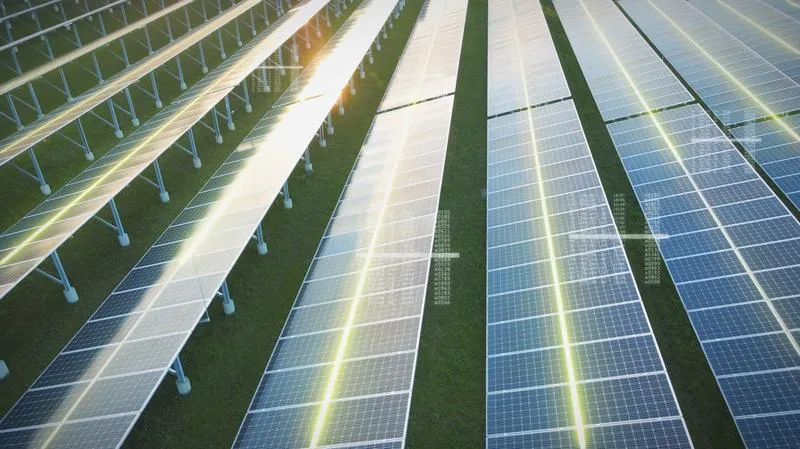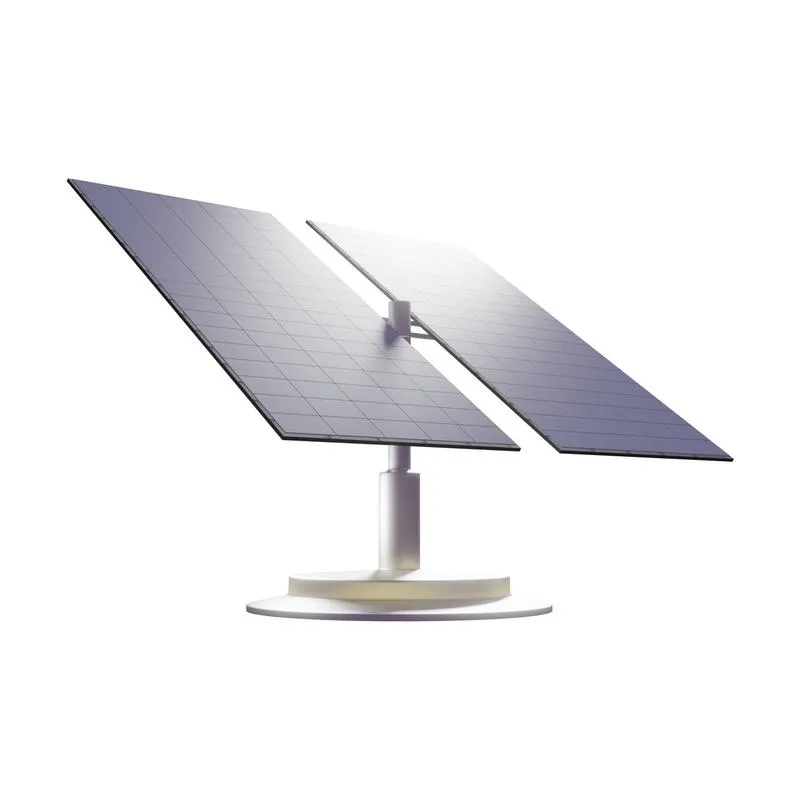If you’ve ever shopped for solar panels or tried to compare different models, chances are you’ve run into a solar panel data sheet—a technical-looking document filled with numbers, abbreviations, and industry lingo.
So here is the real question:
If you are a homeowner wishing to make a smart investment, a contractor reading specs, or just curious about solar and want to learn, this is your handbook to knowing what matters—and why.
Fast Answer: What Needs to Be in a Data Sheet for a Solar Panel?
An appropriately designed solar panel data sheet should include the following six fundamental sections:
- Electrical specifications
- Physical dimensions and weight
- Performance ratings (e.g., efficiency)
- Safety and quality certifications
- Warranty information
- Operating conditions

Let's examine them one by one—with plain language and real insight.
Section by Section: What Should a Data Sheet for a Solar Panel Contain?
1. Electrical Specifications
This is the technical meat of the data sheet. This is what informs you what kind of power the panel will yield in standard lab conditions.
Look for:
- Maximum Power (Pmax):The amount of wattage the panel will generate under ideal sunshine.
- Voltage at Maximum Power (Vmp) and Current at Maximum Power (Imp):These are the actual operating levels.
- Open-Circuit Voltage (Voc) and Short-Circuit Current (Isc): These are useful for system design and safety.
- Module Efficiency (%):How well the panel captures sunlight and turns it into electricity. Greater than 20% is great.
2. Physical Dimensions and Weight
You will want to know the dimensions and weight for shipping and planning installations. Don't skip this section.
Key specs are:
- Length, width, and thicknessof the panel
- Weight(heavier panels might require two installers)
- Frame material(typically corrosion-resistant aluminum)
- Glass strength(tempered glass is the strongest)
3. Performance Ratings (Like Efficiency)
Then we have how well the panel performs in real use—not just in a testing lab.
Key terms:
- Module efficiency:How much of the sun's energy hitting the panel is available power.
- Temperature coefficient (%/°C): How much the panel's performance degrades as it heats up. Lower, the better.
- NOCT (Nominal Operating Cell Temperature):Gives a more realistic performance estimate in actual outdoor conditions.
4. Safety and Quality Certifications
Good solar panels meet international standards for safety and durability. A data sheet should clearly show:
IEC 61215 / 61730 (global performance and safety standards)
UL 61730 (common in the U.S.)
Fire rating (important for rooftop installs)
Salt mist or ammonia resistance (for coastal or farm sites)
PID resistance (extends lifespan of panels under stress)
If you can't see certifications on the data sheet? That's a big red flag.
5. Warranty Details
Warranties tell you how long the panel will perform—and at what level.
You should look for:
- Product warranty:Normally covers manufacturing defects for 10–15 years
- Performance warranty:Covers minimum 80% output for 25–30 years

6. Operating Conditions
This section explains how well the panel operates in different environments.
Look for:
- Operating temperature range(e.g., –40°C to +85°C)
- Maximum system voltagethat the panel is rated to handle
- Wind and snow load ratings, in Pascals (Pa) or lbs/ft²
Actual Example: Field Comparison of Panels
Here is how two sample panels compare on the basis of actual data sheet highlights:
| Feature | tPanel A | tPanel B |
| Power Output (Pmax) | t400 W | t390 W |
| Efficiency | t20.5% | t19.7% |
| Temp Coefficient | t–0.34%/°C | t–0.42%/°C |
| Certifications | tIEC/UL/Fire Rated | tIEC only |
| Warranty | t25 yr performance | t20 yr performance |
Which one would you purchase? The decision is left to your climate, budget, and project needs—but now you can decide with confidence.

